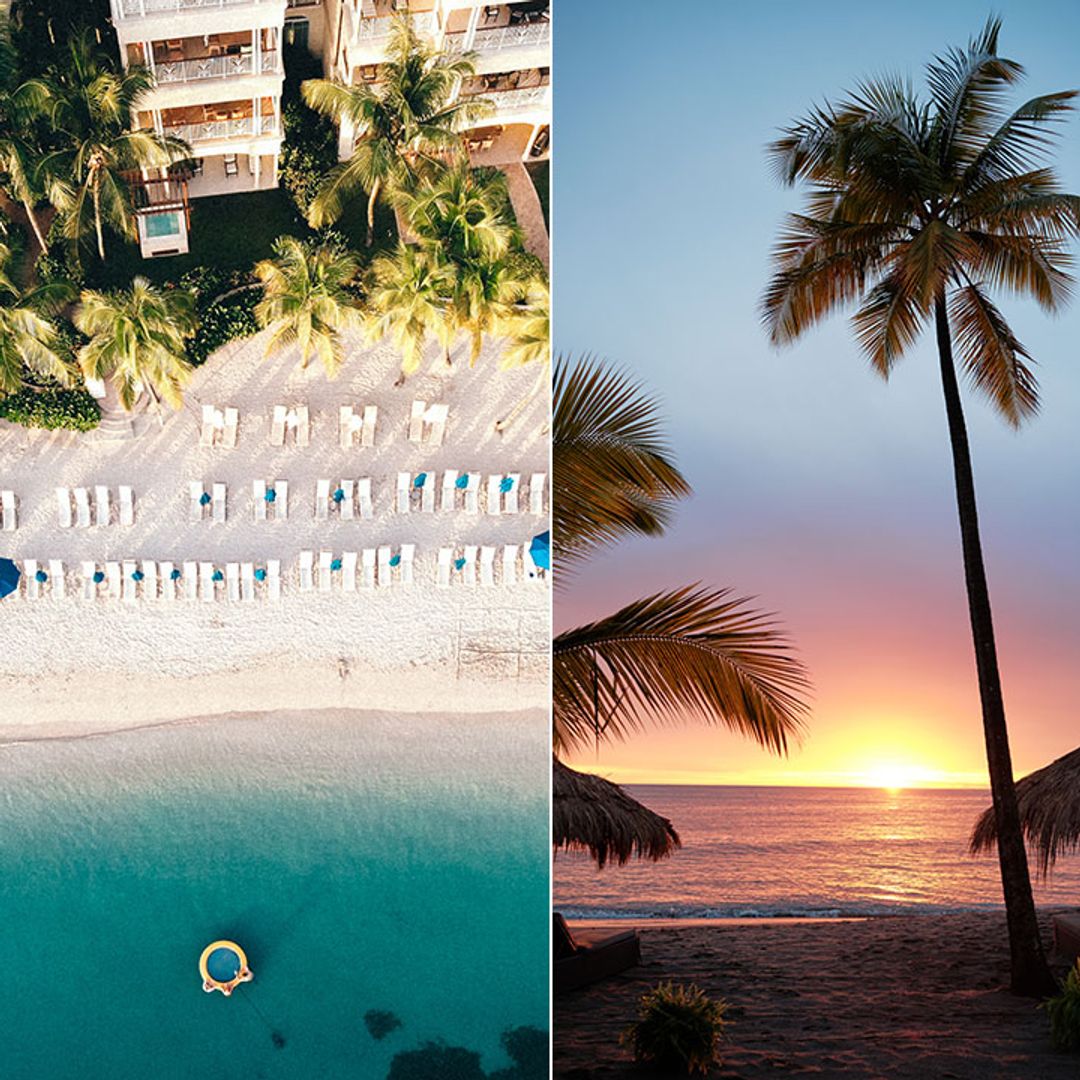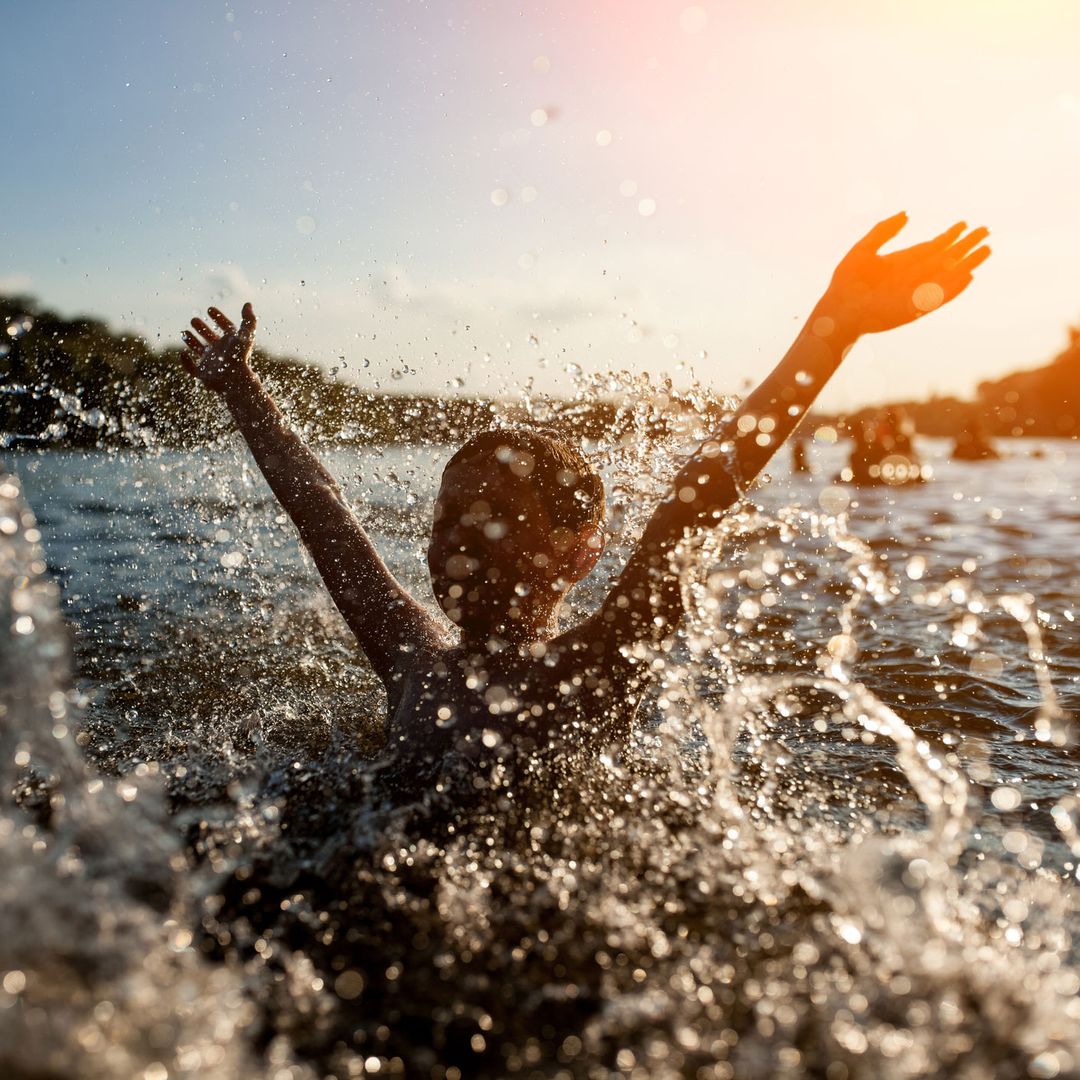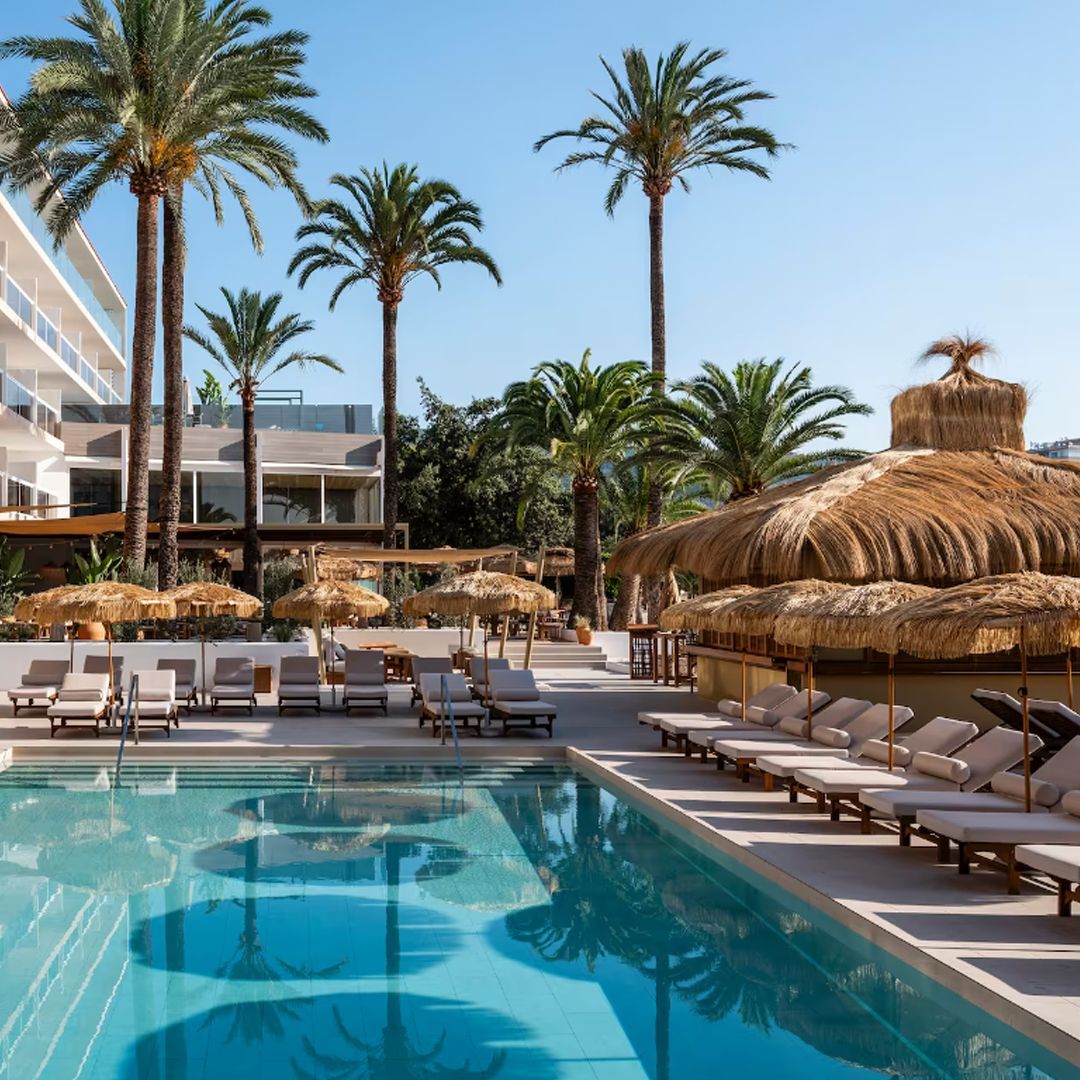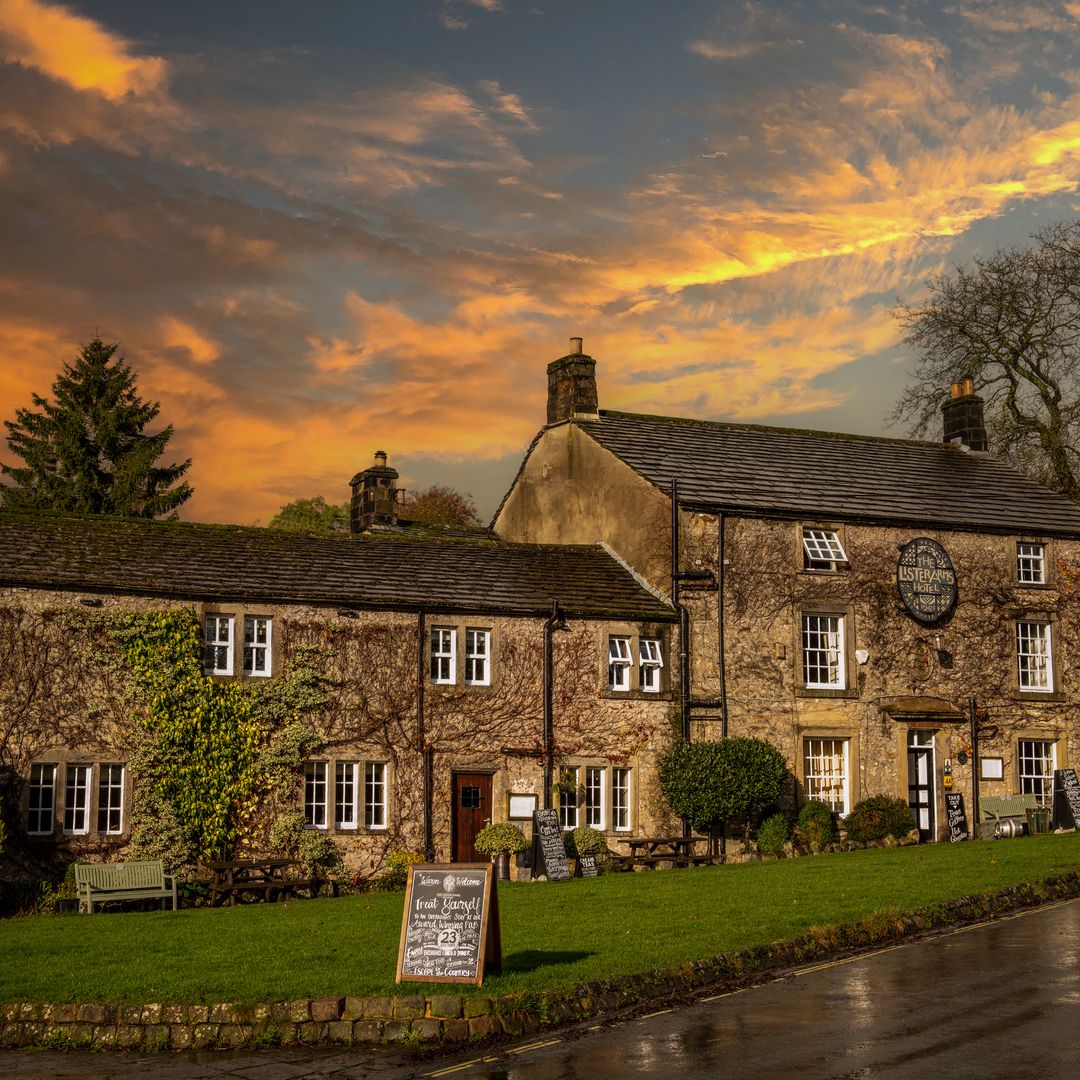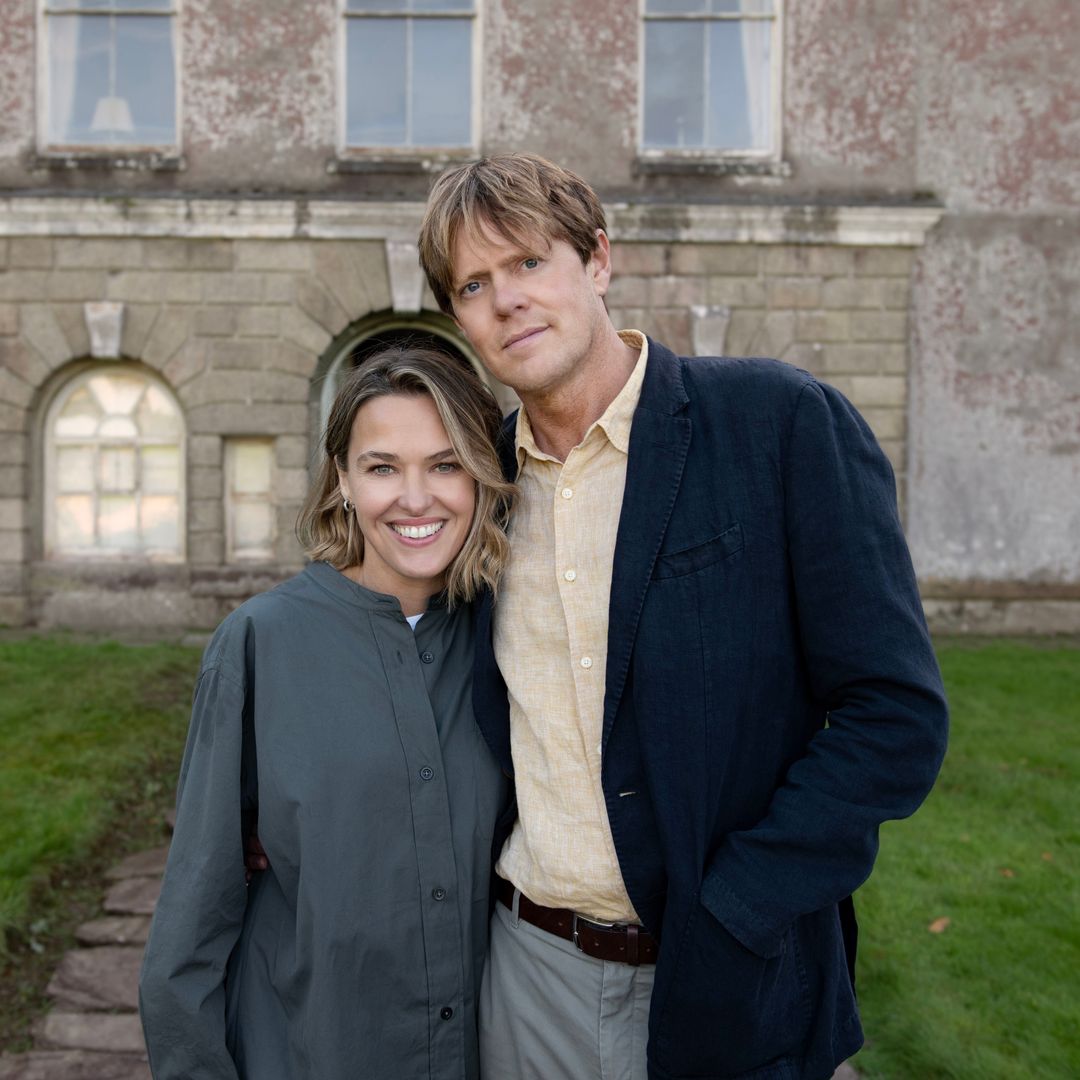Homer tells how Ulysses, fleeing from the siren's haunting song, came across a beautiful island where delicate fruit grew: the home of the Lotus Eaters. All the sailors tasted the strange fruit – which some believe may have been dates – losing all memory of their homes and loved ones; only Ulysses himself abstained and so was able to save his crew and continue on his journey through the Mediterranean. Perhaps the people of Djerba are immune to effects of the fruit, as they tell this tale with pride, and bewitch the traveller with their warm and friendly welcome .
One of the biggest attractions of the island, set in the Mediterranean, off the coast of Tunisia, is the beautiful whitewashed city of Houmt Souk, steeped in history. Here, the traditional medina and souks are marvellous for the traveller who wants to wander looking for unusual gifts, or sit and unwind over a cup of coffee, and the port, bustling with fishing activity, boasts many restaurants where freshly caught seafood can be enjoyed. The city is home to three mosques, as well as the old stronghold of El Kebir, dating from the thirteenth century, which down through the years has served as garrison to Arab, Spanish and Turkish troops. Djerba is known as the 'island of a hundred mosques', and numerous ruins remain, dating from the Middle Ages; free of opulence and grandeur, their simplicity affords a fine example of Mediterranean Islamic architecture.
Just ten kilometres from the capital is the palm-fringed town of Guellala, famous for its bright ceramics. In the centre of the island, the cobbled streets and flower-decked courtyards of the biblical city of Er Riadh are the perfect setting for strolling around and exploring, and the town offers one of the island's most important sights, the synagogue of El Ghriba. The monument bears witness to the rich Jewish heritage of the island, which dates back 25 centuries, just after the destruction of the Temple of King Solomon. Each year, in May, the synagogue is transformed into an African Jerusalem, but at all times, the interior, with its rich lattice of stained glass and tiles, is a haven of peace where the faithful pray in the cool shade.
In Djerba, the markets are practically addictive. Don't miss the Friday market in Midoum, or the one in Houmt Souk on Monday mornings. The main attraction are the beautiful handmade carpets, but there is also fine leatherwork and jewellery, particularly amber.
Djerba enjoys a mild climate, and another great way to discover this, the largest north African island, is to make a tour of its beaches; from the exquisite outlying areas of Sidi Bakour, along the coast as the whim takes you, the jasmine-scented air caresses the soft contours of the land. The island is small and flat, so it's ideal for cycling; an even better idea is to take a camel ride, perhaps a less relaxing option, but well worth the effort.
THE PRACTICALITIES
Getting around Most of the hotels offer tours of the island in off-road vehicles. Taxis – including shared taxis, known as louages – are an option, as are cycling or camel riding.
Where to stay The delightful Dar Dhiafa hotel preserves the charm of traditional Tunisian architecture. Its picturesque rooms are divided into a maze of courtyards and passageways, and the rooms are hung with Berber tapestries. The Yadis Djerba Golf Thalasso & Spa is exactly that: a luxury resort complete with golf course and spa, set on one of the island's most beautiful beaches. Another atmospheric option is the old caravan inn Djerba Erriadh set around a central courtyard that seems to evoke the whole rich past of Tunisia.
Where to eat El Farida, in Sidi Mahrez, is the most luxurious and classical establishment on the island, and serves excellent traditional cuisine. In Houmt Souk, the Horoun restaurant specialises in fish, while the Guestile, in Midoun, is perfect for a relaxed meal of fish and couscous. Don't leave the island without visiting the Cafe Les Arcades in Houmt Souk; open 24 hours, here you will find local life on view to perfection with Tunisians smoking water pipes and playing backgammon.
Don't miss The town of Ajim, in the area of Tataouine, was chosen by George Lucas to shoot some of the most memorable scenes of the original Star Wars film; the dream-like lanscapes continue to amaze and astound the tourists who come from far and wide. Entrance is free, but it is advisable to tip the guards.



